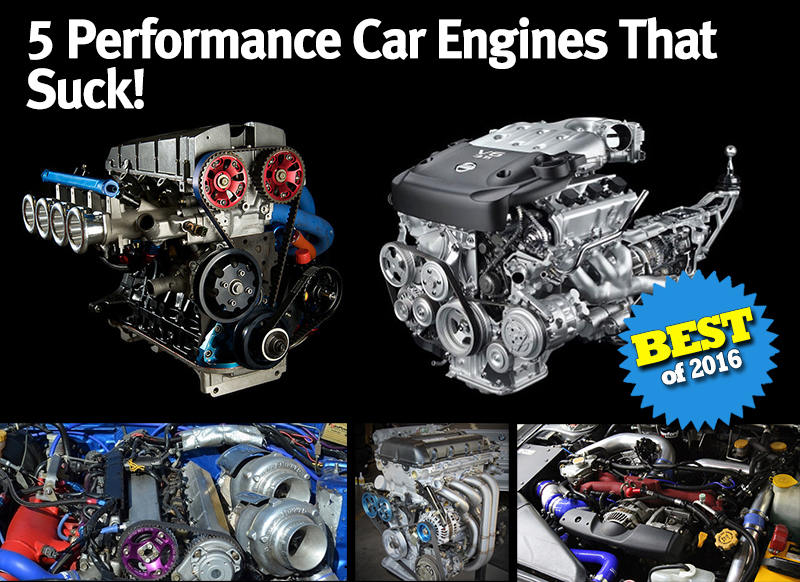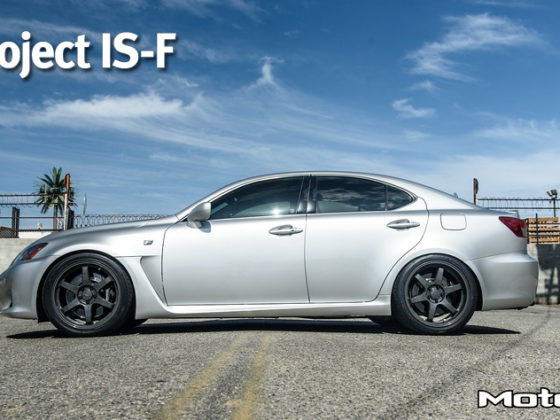,
1. The Toyota 4AG
? The legendary 4AG was a revolutionary engine for its time. Introduced in the mid 80’s, the 4AG brought features, like an exotic for it’s time, Yamaha twin cam head with 4 valves per cylinder, to the masses. The 4AG had a screaming 7500 rpm redline back when your average domestic car only revved to 5500 rpm and your SOHC import could maybe spin to 6500 rpm. In North American trim, the 1600cc 4AG ripped out 112 crank hp at a time when other 4 cylinder econobox motors made 80-90 hp.

We did a full tilt 4AG in house at one time. This was a full on 1800cc stroked engine with the best of everything. The results, yawn.
The 4AG came in the legendary AE86 GT-S Corolla, the AW11 MR-2, the often forgotten E80 FX16 and AE92 GT-S Corolla. The 4AG had a long and storied history in racing, powering AE86 and AW11 race cars to many victories in SCCA in GT3 and Formula Atlantic as well as Pro Rally and Showroom Stock racing.
A generation later, the 4AG was re-introduced to a new group of tuners due to the rise in popularity of drifting and the Initial D anime series.
Now for the ugly stuff. Compared to many other late model performance engines, the 4AG is a yawner, cranking out 90 whp or less on a dynojet. Nearly any other motor makes more power nowadays.

This engine has some inherent flaws that make getting modern levels of power out of it a difficult proposition. In particular the engine, particularly the first generation, lacks structural integrity to reliably make much more that 180 crank hp and to rev higher than 9000 rpm for long unless you spend a bunch of money. High revs are important to make power with small displacement.
The weakest link in a 4AG is probably the crankshaft. The stock crank is fragile and is prone to break at the #3 main journal if the engine is frequently revved much past 8000 rpm. What about forced induction, you might ask? Well, the crank will break from extended load at about 180 hp worth of torque, so that’s a no go. 180 crank hp is around 160 or less whp, yawn.
 If you want to make any kind of small amounts of power, a billet large rod journal crank is a must as the stock crank breaks easily.
If you want to make any kind of small amounts of power, a billet large rod journal crank is a must as the stock crank breaks easily.The next issue is the fragile oil pump gears. The gears themselves break and cause a catastrophic loss of oil pressure right north of 8000 rpm. If you want to make serious power, like more than 180 (sigh), you need to dry sump the engine for big bucks.

 Really, the 4AG cries out for a drysump even at pretty low power levels. The engine just doesn’t have the bearing area, the crank journal stiffness and the oil pump capacity for the bearings to live a long life.
Really, the 4AG cries out for a drysump even at pretty low power levels. The engine just doesn’t have the bearing area, the crank journal stiffness and the oil pump capacity for the bearings to live a long life.The next issue is that the valve buckets in the cylinder head are small in diameter and have the clearance adjusting shims set on top of the buckets. If you put in cams and springs to get the valve timing to alow those hp creating revs, the valve adjusting shims fly out like tiddley winks. This limits you to a paltry 7.5mm of lift.
 To run much more lift than a tiny 7.5mm of lift, you must find these expensive vintage Formula Atlantic shim under bucket, valvetrain parts. Tomei has new versions of these parts.
To run much more lift than a tiny 7.5mm of lift, you must find these expensive vintage Formula Atlantic shim under bucket, valvetrain parts. Tomei has new versions of these parts.To get decent lift and duration, you must find some rare and esoteric parts and convert to shim under bucket lifters, which makes adjusting valve lash a big pain. You must also notch the bucket bores to make room for the taller cam lobe.
 The 4AG block has poor structural integrity and flexes and strains with the high RPM loads needed to make power. The main cap registers flex and fret. All the flexing reduces bearing life and probably contributes to the engine’s general failure proneness over 9000 rpm. A really stiff billet drysump pan like an old Formula Atlantic part helps beef things up.
The 4AG block has poor structural integrity and flexes and strains with the high RPM loads needed to make power. The main cap registers flex and fret. All the flexing reduces bearing life and probably contributes to the engine’s general failure proneness over 9000 rpm. A really stiff billet drysump pan like an old Formula Atlantic part helps beef things up.
More fun is the block’s general lack of structural integrity. Let’s say you get an expensive racing billet crank and rods with thicker 20mm wrist pins, dry sump the engine and get a killer valvetrain or add a turbo. Once your engine starts to approach 200 crank hp and 9000 rpm the block itself starts to flex. The main caps beat out of their registers and crack, and the flexing knocks out bearings. You need to machine your main caps for a billet steel reinforcement and stud the hell out of everything. This seems radical but this is what it takes to make a reliable less than 180 whp!
The water flow within the 4AG head is inadequate for performance use and you will cook cylinder number 4 with extended track driving on a modded 4AG. This means you need to fabricate an external water passage to suck water from the rear of the block and introduce it to the suction side of the water pump.

Once you do all of this, there is still an issue with just not having enough rod bearing area to support the power load and revs and you will end up having to replace the rod bearings about every 3 hours of track time. By the way, as you pass 220 or so crank hp and get to around 9200 rpm, even your billet race cranks start to break. All to make something under 200 whp.

You can do some things to help, like run the second generation 1987 and later block which is stiffer with more ribbing and accommodates a crank with larger rod journals which helps a little. Our all-out, stroker 4AG packed with TRD Formula Atlantic and Toda goodness made a whopping 183 whp on our stingy dyno! A Honda B16A with good bolt ons looks better all the time.



